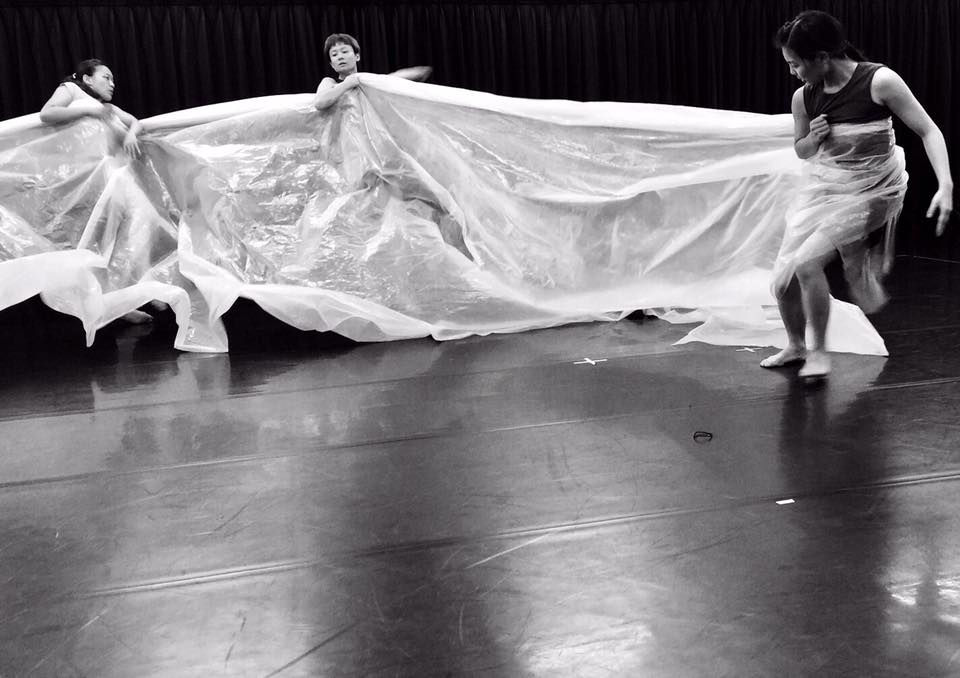Hands, shadows and puppets: transcending puppetry
- Yu-Chun Chen
- Jun 11, 2019
- 2 min read
This article was published by Anthroehampton Blog:
Puppets, the inanimate things off the stage, become alive on the stage as a result of the puppeteers’ manipulation. As the Romanian artist Joana Feijó describes, ‘Puppets are by essence interdisciplinary. They are not performance, they are not plastic art, they are not movement, they are not static, they are not toys, they are not tools, they live in the in-between.’ Puppetry is to make beings; puppets and puppeteers live in the same destiny.
Moving parts: Newcastle Puppetry Festival has been running since 2017 and is now in its third year. ’Moving parts’ means to move things’ parts by hands so that the meaning as a whole can be comprehended finally. However, is it possible that the ‘parts’ are the parts of a body instead of the things? In the festival this year, two performances challenged the boundaries of puppetry through moving hands and hands’ shadows. Hands and shadows become the puppets in puppetry.
In Transmographiles, performed by Hopeful Monster Theatre, they used six hands and ‘props hands’ to create a living animation on stage. From ocean to continent, from creatures to animals – even monsters, all of the scenes took place on a long table covered by a black cloth. On this small stage, three artists adorned in black clothes left their ‘puppets hands’ to perform. When a hand with an eye waved in the air slowly, you knew it is a fish. When many hands contracted and released, the jellyfish were swimming. When two hands folded and entwined together, they became crabs on the floor. Combined with little props, the hand puppets can create a frog – or even a cannibal plant. There was no narration, only the sounds and music.

In My Shadow & Me, the hand shadowgrapher Drew Colby manipulated shadow puppets, manifesting black or colorful shadow animations with lights. The stage was empty except for some lights, a white screen and a small projector. The show combined the interaction with the audience and the shadow animation with music. Sometimes he let the shadows interact with each other; sometimes he played a role with these shadows. When he performed the hand shadows with music, it looked like a live video. Between black and white, different shapes and figures emerged and transformed one by one. During the workshop held after the show, Drew told us that he came up with the idea of creating hand shadows after his cat’s death; before that time, he had pursued ordinary puppetry. According to Drew, the trick to creating hand shadows is to treat the shadows as the puppets. It is important to adjust the relationships among movements, the hands’ positions and the lights while practicing.

In these two performances, moving hands and hands’ shadows instead of moving the puppets creates new genres in performing arts. By using parts of a body as ‘things’ and giving them the second life, puppetry transcends itself. Is it possible to call them the hands’ dance? Although the performers do not move their bodies like dancers, they truly move parts of their bodies. Creativity stems from contingency and indeterminacy and is the most important element in play. Shall we allow more experiments in this world?



Comments